Posts tagged history
Past Blast
Remembering America
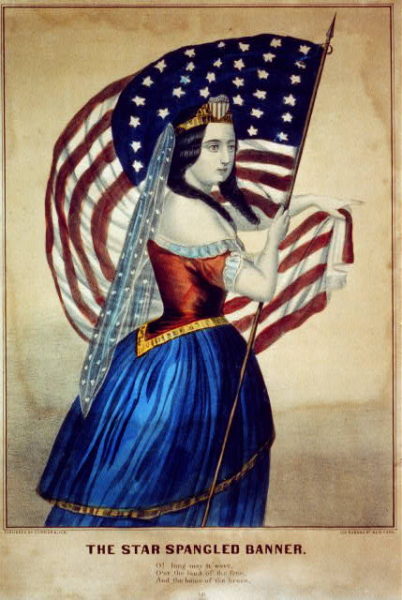
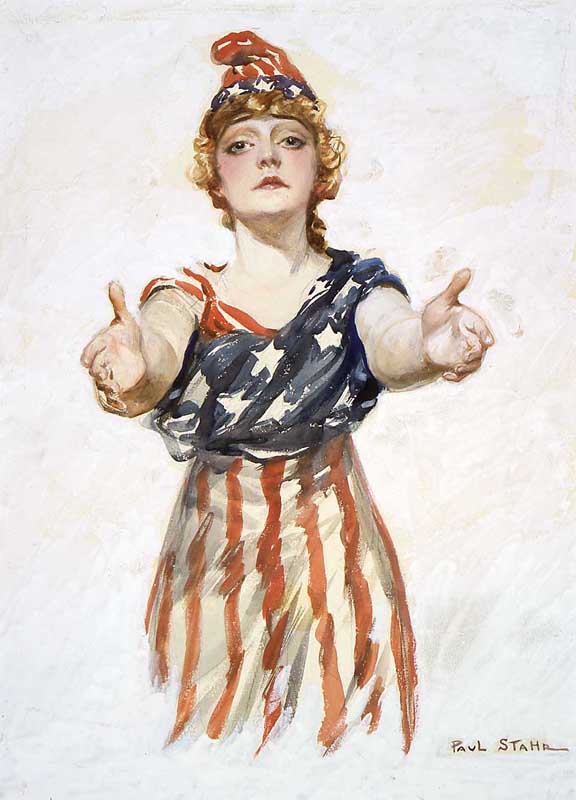
Before there was an Uncle Sam, the original thirteen colonies that made up a young U.S. were known as Brother Johnathan. He was a rougher version of the U.S., elaborated on at Atlas Obscura, that was balanced by the compassion, liberty, and pride of Columbia.
Columbia (above) hasn’t really been in circulation since the first World War, but her message and presence is more welcoming, compassionate, and nurturing. She was, like the Statue of Liberty, a welcoming beacon.
Happy Independence Day!
Flash back: reminders
“The Old New World” (Photo-based animation project) on Vimeo
This is too amazing: animation created from old photos.
April Fools tradition popularized – Apr 01, 1700 – HISTORY.com
On this day in History, April Fools tradition popularized on Apr 01, 1700. ….Some historians speculate that April Fools’ Day dates back to 1582, when France switched from the Julian calendar to the Gregorian calendar, as called for by the Council of Trent in 1563. People who were slow to get the news or failed to recognize that the start of the new year had moved to January 1 and continued to celebrate it during the last week of March through April 1.
Learn more about what happened today on History.
Source: April Fools tradition popularized – Apr 01, 1700 – HISTORY.com
Keep Calm
Keep Calm and Carry On was printed on a motivational poster, one of three, designed by the British government’s Ministry of Information for the second world war (Wikipedia). The original keep calm poster wasn’t actually widely circulated, yet after it’s rediscovery it became a hot new design trend. I got myself a Keep Calm poster and happily posted it in my kitchen. I was dealing with a crisis, and it was an oddly comforting cheer to keep going every day. Then it birthed a never ending flow of imitations:

And then my crisis ended. By the time I saw ‘Keep Calm and Chive On’ I was done with it. I wanted people to stop. I joked that I wanted to replace my poster with a ‘Panic and Run Around Screaming’ even though it would only add to the flood. Then there were even more. There are even multiple poster generators where you can create your own Keep Calm posters. There is a Keep Calm poster for every fandom, every foody, every crafter and every holiday. We are reaching critical mass.
even though it would only add to the flood. Then there were even more. There are even multiple poster generators where you can create your own Keep Calm posters. There is a Keep Calm poster for every fandom, every foody, every crafter and every holiday. We are reaching critical mass.
There are plenty of other WWII motivational type posters to choose from should you need a little revving up. And, then there is always the possibility of making something completely new. What a concept!



Sensible sentiments from WWII
Hokey pokey vs. hokey cokey
While watching a crazy amount of British television programming I started wondering on the differences between the U.S.’s Hokey pokey and the U.K.’s Hokey cokey. It turns out its variations and history is much more interesting than I thought (Wikipedia). Some form of hokey pokey has been traced to the 17th century and it may have been thought up as a way to make fun of Catholic priests performing the tradition Latin mass. It has variations in Australia, the Philippines and Denmark. The modern U.K. version was printed in 1942, and may have been recorded around that time. The U.S. version was also recorded in the late 40s.
Rather sensibly, the U.K. considers the hokey cokey a traditional song, meaning anyone can make use of it and it is not protected by copyright. Insensibly, Sony holds the copyrights over the hokey pokey.
Stuff
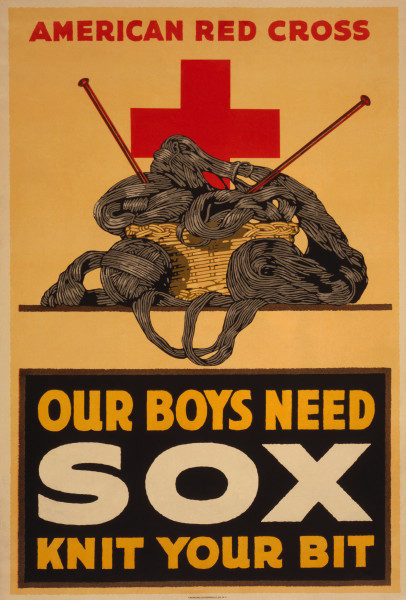

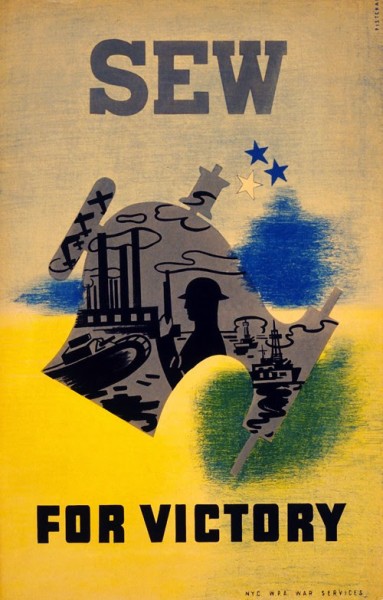
Pinterest is like a crazy breeding ground of non attributed images online. It’s taking over Google image results.
It gives good posters.
Tom Dooley
Short fiction based on the story of Tom Dooley:

The shadows around her moved like cats, fluid and sometimes fast. They made a crackling hissing sound like fat frying on the stove. They said murderer. Anne raked her slim fingers over her face and moaned in grief. She could still see him holding out his hand, still hear him professing that he didn’t harm a hair on Laura’s head. He didn’t look at her then, but Anne knew he had hoped she would’ve come forward.
She reached over to the drawer in the night table and pulled out a worn picture of Tom in his uniform. It used to lie at the bottom of a box in the wardrobe, but recently she’d taken it out to keep it close.
When he had professed her innocence, he hadn’t thought it would be his death, and now he haunted her. He’d haunted her for four years. She could feel him pulling her soul down with him. She would not get out of her bed today.
Anne’s cousin Laura stared at her from the shadows in the corner, her dress stained with soil and blood, her knees folded up in front of her like a defensive child. She didn’t make a sound when James strode into the room and sat in the chair between her and Anne. Anne stared at him aghast.
“Laura,” she croaked.
“Shhh, now. That’s all over with,” James rumbled lowly. The look on his face was one of resignation. It was a look he often directed at Anne, ever since the trials, ever since all her wash had been laid out to public view. He wouldn’t have to suffer the stares and the whispers much longer, though. Anne was dying.
“I should’ve stood up, Jim; I shouldn’t have let Tom go alone,” Anne’s voice was raspy and weak.
“This isn’t the time,” James raised his hand as if it would stop her from continuing.
Ann shook her head back and forth with what little energy she had left. “There’s no other time, Jim. I’m guilty and I let Tom die alone. I love him and I betrayed him like that. I can’t die with that on my conscience. I can’t die with Laura on my conscience.” Anne’s convulsive hands crumpled the picture and let it roll over her side before she reached out for her husband’s hand and grasped it, wild eyed, “They haunt me so! They follow me around like lost dogs! I can’t turn a corner but I see one of ’em there.”
“Shhh,” James soothed again. He tried, but couldn’t find any other words to give her. Her hands squeezed his harder as she seemed to look through him for a painful, wild, minute. Then she relaxed, slowly falling back on her pillow, her hands dropping onto the bed. She was still then, eyes aimed at the ceiling. James watched her not moving and not breathing until the evening shadows reminded him that he had calls to make.
note: I went in search of the story behind the song “Tom Dooley.” It’s a good’un, and well covered online starting with: Tom Dula – Wikipedia, the free encyclopedia and “A bit of justice for Anne” Wilkes Journal Patriot, among others.
Curious story of St. Expeditus
St. Expeditus is dressed in the uniform and red cloak of a Roman soldier. He holds a palm leaf in one hand, a symbol of peace, everlasting life, victory and martyrdom. In the other he holds up a cross with the word ‘hodie,’ Latin for ‘today.’ Under his foot is a crow, coughing up the banner ‘cras,’ Latin for ‘tomorrow.’ His story begins with a young Roman soldier in Armenia traveling down a road, possibly to Melitene. Suddenly struck with an epiphany, he decided that he would convert to Christianity. A crow, the devil in disguise, flew up to meet him then and encouraged him to wait until tomorrow. The soldier would not be delayed, however, and stamped on the crow, vowing to convert immediately even in the face of certain death (Wikipedia). He was decapitated shortly thereafter by emperor Diocletian in 303 AD during Christian persecution. In another story he is a German soldier who longed to stop the war, which one is not known. He laid down his helmet and shield, picked up the palm leaf, and cried out that the war must stop today! (Louisiana Folklife)
There are equally as many tales of his remains as there are of his life. At one point his body was retrieved from the catacombs and sent to a group of Parisian nuns who misread the rush shipping instructions on the box as the name of the saint (catholic.org). Later, when his statue was sent to the St. Jude Shrine in New Orleans, it contained no identifying documentation and the people of the city assumed that the shipping instructions on the box must have been his name (http://www.judeshrine.com/StExpedite.pdf).
Expeditus has been petitioned to as the patron saint of emergencies, times of haste, and against procrastination long before the nuns in Paris and the church in New Orleans. He is included in ancient lists of Christian martyrs, and appealed to for centuries, but the true origins of St. Expeditus are unclear. The stories of shipping instructions that surround his name sound ludicrous and, though all disproved, point to a general doubt about the real life of the saint. Additionally, his name was removed from the list of Catholic Venerated Saints in the 1960s after much debate about what action to take against his cult following (Path Less Traveled). Yet, even as an unofficial saint, he inspires a large community of devotees and is called on by all sorts of communities in Brazil (WSJ: Jobless Brazilians Needing Fast Action Call on St. Expeditus), France, Sicily, and the U.S.: he was heartily adopted in New Orleans and is now invoked in hoodoo rituals to speed results (Demoniacal) and in Voudon where he is associated with the spirit of death (Crossroads University). His followers know that when they ask him for help he will come through, and they thank him with declarations in the classifieds, offerings of cake, dedication of chapels, great feasts and celebrations, and even websites (saintexpedite.org).
What Jane Saw
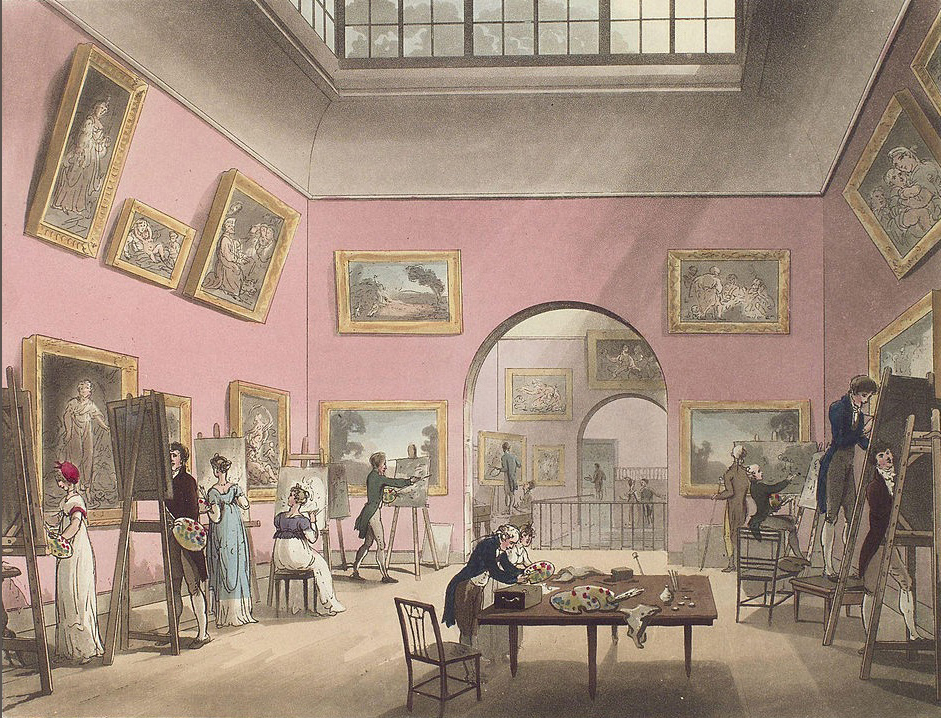 A historical art exhibit, rendered in colored drawing, capturing the perspective of a famous writer. What more could you want? Source: What Jane Saw
A historical art exhibit, rendered in colored drawing, capturing the perspective of a famous writer. What more could you want? Source: What Jane Saw
Dictionary tidbits
There’s something about Clement Skitt that you probably don’t know because he hasn’t shown evidence of it yet: he is obsessed with slang. And, since he time travels wherever he wants, he’s picked up some pretty obscure and outdated vocabulary. Writing a character like this means I’ve returned to one of my favorite childhood pastimes of reading dictionaries. It’s amazing to find slang from the 1800s that is common usage today and also to see how it evolves over time. For instance, in 1811 England ‘games’ were “thin, ill-shaped legs: a corruption of the French word jambes” (Dictionary of the Vulgar Tongue) by the 1920’s, ‘gams’ were simply ‘women’s legs.’
Another thing you might get from reading the dictionary is historical tidbits. Like this from the 1891 American Slang Dictionary by James Maitland:

Silly me, I knew the Mormons had faced opposition in a few of the states they attempted to set up shop, but I didn’t know about the killing. In addition to above, the Danites, were not approved of by Joseph Smith, Mormon founder, but may have evolved from the militia he created known as the “Armies of Israel.” They were most active during the Missouri Mormon War of 1838. Seems they had a war in just about every state they tried to settle: See the Utah War and the ‘lesser known’ Illinois Mormon War. Though the Danites are thought to have ended after the Missouri Mormon War.
Brother Jonathan and friends
The U.S. is particularly rich in national personifications. Uncle Sam and Lady Liberty are well known to most of us, but what about Columbia and Brother Jonathan?

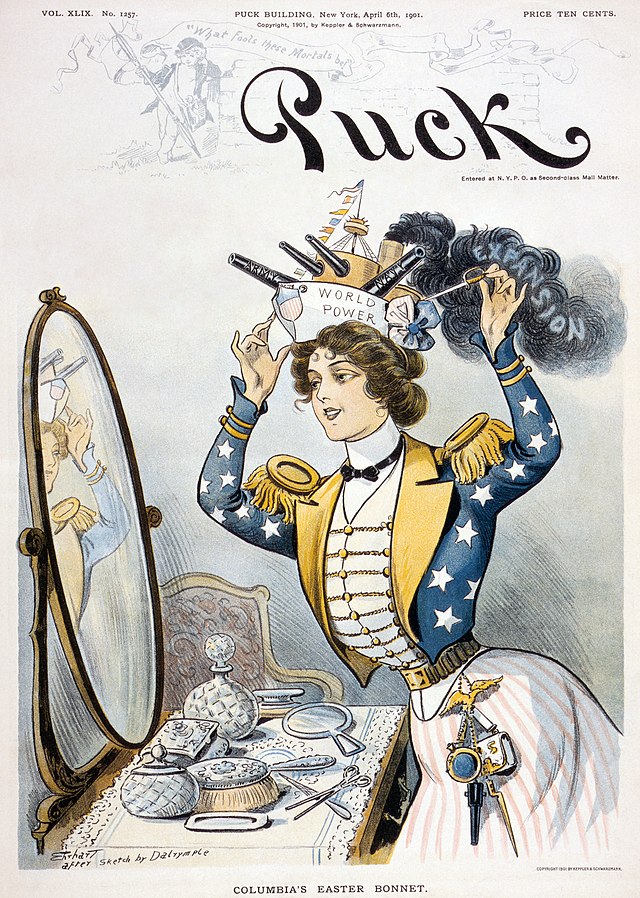
Brother Jonathan, representing New England, came into use during the war for independence and would eventually be supplanted by Uncle Sam who would later represent the entire nation, rather than just the government.
Columbia, representative of the 13 colonies was in use since the 1730, and only fell out of use around WW I when images of Lady Liberty were more common.
Johnny Reb, it should be no surprise, arose during the Civil war along with his counterpart Billy Yank.
We’ve got a whole family of characters; I am almost inspired to do a family reunion comic. It could be reminiscent of Hetalia, ’cause I love that show, but not WW II based.

 From
From 



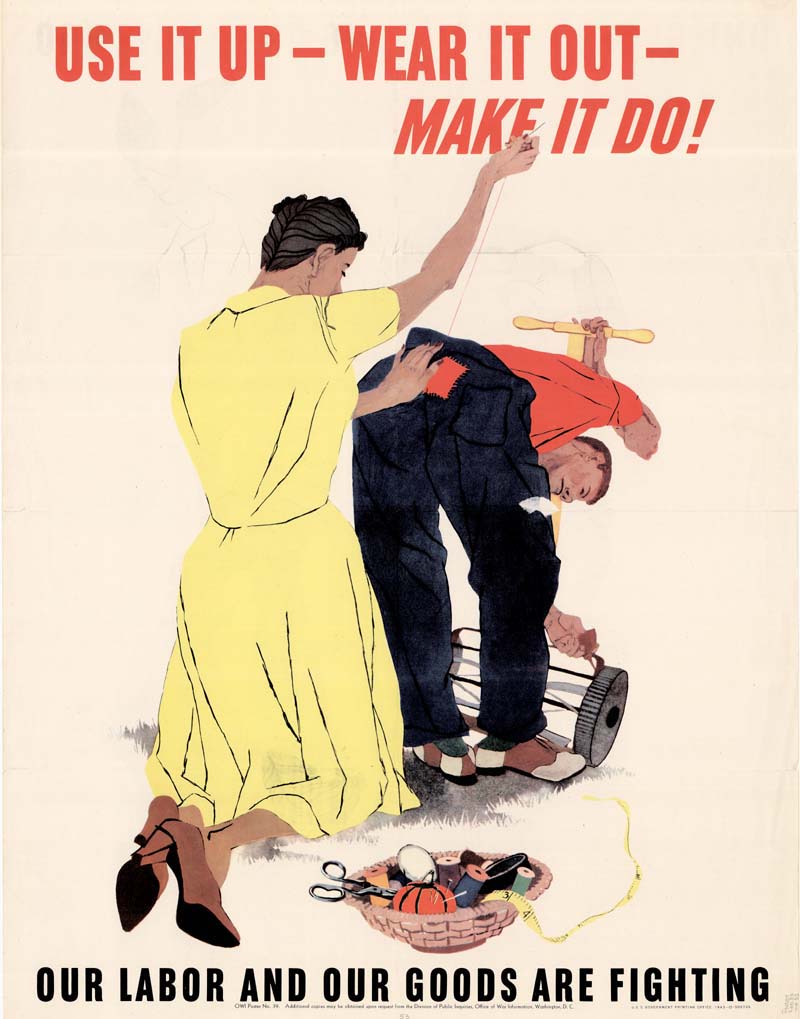 Source:
Source: 